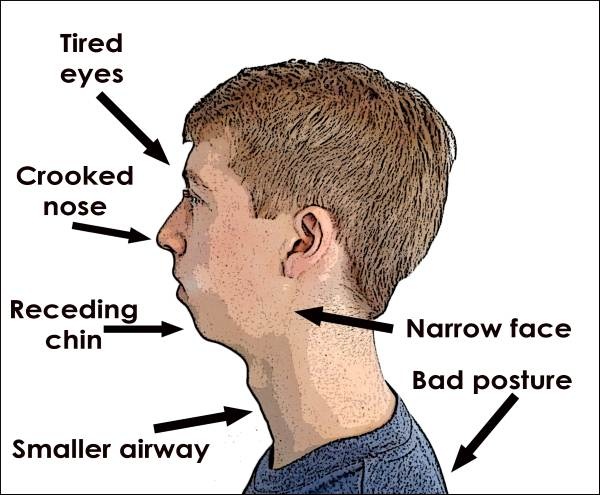Mewing is the art of reshaping your face. Who started it, does it work, and will you look like a Greek god? Let’s investigate.
Tired of chads cutting your grass with their chiselled features and distinctive jawlines? Scared of getting a photo of your side profile? Fret no more. With mewing, taking your jawline into your own hands has never seemed so possible.
The emerging practice is full of promises, but is it healthy and does it actually work? Your questions answered, right here, right now.

What is mewing?
The term mewing was named after Prof. John Mew. In 1981, he published The Tropic Premise, which suggested how the “proper tongue posture” wasn’t receiving enough attention. He argued that children unaware of this posture grew up with imbalanced faces. Mewing is the name given to the exercises meant to improve jaw posture and reshape your facial features, namely, your chin and jawline.
What are the benefits?
It turns out mewing isn’t purely for looks. Mewing advocates claim the exercise will also assist with
- Problems with swallowing
- Difficulty breathing
- Speech Disorders
- Sleep apnea
Derek, an entrepreneur and fitness blogger, tried the craze for a year and noticed that it helped him with his sleep apnea. However, he also noted that there were no visual changes to his face. You can watch his video below:
How does one ‘mew’?
If you’re interested in mewing, it’s important you do it properly. Otherwise, you may end up doing more harm than good.
The most crucial step to mewing is keeping your mouth closed, with the top and bottom row of your teeth softly touching. Next, position your tongue lightly on the roof of your mouth and gently press. If you feel a little bit of pressure, this is a good sign, but it shouldn’t feel uncomfortable. Of course, don’t block your breathing airway. Ideally, you’ll want to maintain this position for 4-8 hours daily.

Warning!
Be careful not to push your lower jaw forward while mewing, as this may affect your temporomandibular joint (which connects the jawbone to the skull). Leave your jaws closed, and instead focus on the position of your tongue, which should be lightly touching the roof of your mouth.
Bro just try mewing bro, trust me bro
— guitar Hero (@levis_grlfrnd) April 14, 2021
Does mewing actually work?
British Orthodontist, John Mew has amassed 220k thousand subscribers on his YouTube channel, but this doesn’t mean his method is foolproof.
The orthodontist actually had his dental licence removed by the General Dental Council for “publically denigrating the traditional practices of orthodontic tooth movement” (According to the Journal of Oral and Maxillofacial Surgery).
While mewing cannot be entirely relied upon, there’s an intriguing amount of seemingly successful experiments. Take a look:
Connor Murphy: Watch his Video

Tina Tomato: Watch her video

Summary
Ultimately, mewing is a new field, and not enough studies have been conducted to draw any surefire conclusions. If you want to give it a try, be careful your posture is correct and don’t be dishearted if your jaw doesn’t improve. Suppose you give it a try and see results, good for you! Be sure to document your journey. The tale of mewing has only just begun.
Up next: Treat yo’ self! STUFF are offering male skin and body care products with a conscious twist.



